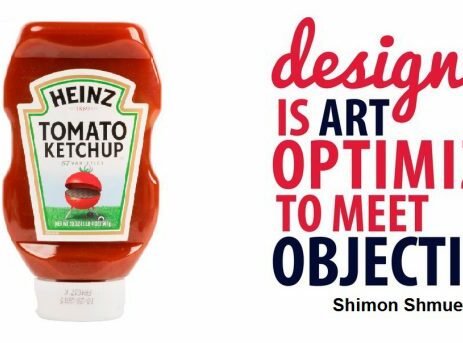Is Customer Experience the Next Killer App?
By John P. David for icreatives.
Everyone in service businesses talk about it. Amazon.com lists more than 100,000 titles on the topic. Sometimes it seems like it’s a quest that challenges every business owner in America. I’m talking about the concept of “exceptional customer service.” If I had a nickel for every business owner who ever said that they wanted to emulate how Apple engages customers or how Disney treats its guests or how Ritz-Carlton does anything and everything, then I would be able to spend the rest of my days fishing in the Gulf of Mexico with the singular care of bagging a bonefish. We all talk about improving the customer experience, but it remains incredibly elusive as many businesses continue to struggle with maintaining consistent service. Oftentimes, acquisition and retention efforts trump the ability to even consider such a nebulous concept as “customer delight.”
I recently attended a presentation by author Brian Solis, skeptically wondering what mysticism I might get on this topic. According to Solis, not only are most businesses failing at the customer experience, but they are failing by design. As an analyst and anthropologist, he has researched the problem and offers an interesting and credible perspective. His book, X: The Experience When Business Meets Design, not only details why Apple and Disney kick ass in the experience department but also explains how the key to their success is understanding their customers on multiple levels. Thankfully, Solis isn’t a consultant trying to push a particular system on customer engagement and whatnot. Instead, he outlines how customer experience is the new differentiator and how every business can make meaningful changes. To date, Apple, Disney and the Ritz are ahead because they have designed their products around the customer experience. But fear not. The rest of us are not yet out of the race; we can all catch up.
A few key points on designing a better customer experience:
Innovation not iteration. Solis points out that one of the biggest problems with customer experience design is that it is too closely tied to legacy philosophies. A great example: the television remote control – the dreaded clicker. The first TV remote had three or four buttons that turned the set on, changed the channels up or down and adjusted the volume. New iterations grew in size and complexity so that a typical remote now has 78 buttons, which is hardly innovative. Contrast that with an Amazon Fire or Apple TV remote, which offers a superior experience but with only a smattering of dynamic buttons.
Digital First. Today, 67 percent of the buyer’s journey is done digitally. Solis says that asking the question “What would my digital customer do?” is the first step toward creating a blueprint for a rich, connected customer journey.
Storytelling. Sound familiar? Solis explains that while we have an innate desire to be told stories and we draw strong attachments to stories, as marketers we still talk at people and often do so with overdramatic and sensational advertising and messaging. Most messages we are promoting now are implausible and oftentimes annoying. For too long, companies have thought that the story they tell their customers is their brand message. Not anymore. The brand message is no longer the thing that sells, according to Solis. Experience sells.
One thing I would be remiss to point out is that Solis’s book looks nothing like a business book – imagine a halved coffee table book. He calls it an “analog app.” While I’m not sure that description will catch on, I do know that the book is “designed” more for the way we are consuming information these days: highly visual, lots of vivid images and quick-hitting copy that matches well with our short-attention span culture. I guess it makes sense that if you are going to write a book about changing customer experiences then the book ought to be different too.
What have you done to change the customer experience in your business? I would love to hear from you. click here.
John P. David is president of David PR Group, a strategic communications firm specializing in public relations, media relations and reputation management. More information is available at DavidPR.com. Please check out his book “How to Protect (Or Destroy) Your Reputation Online.“












